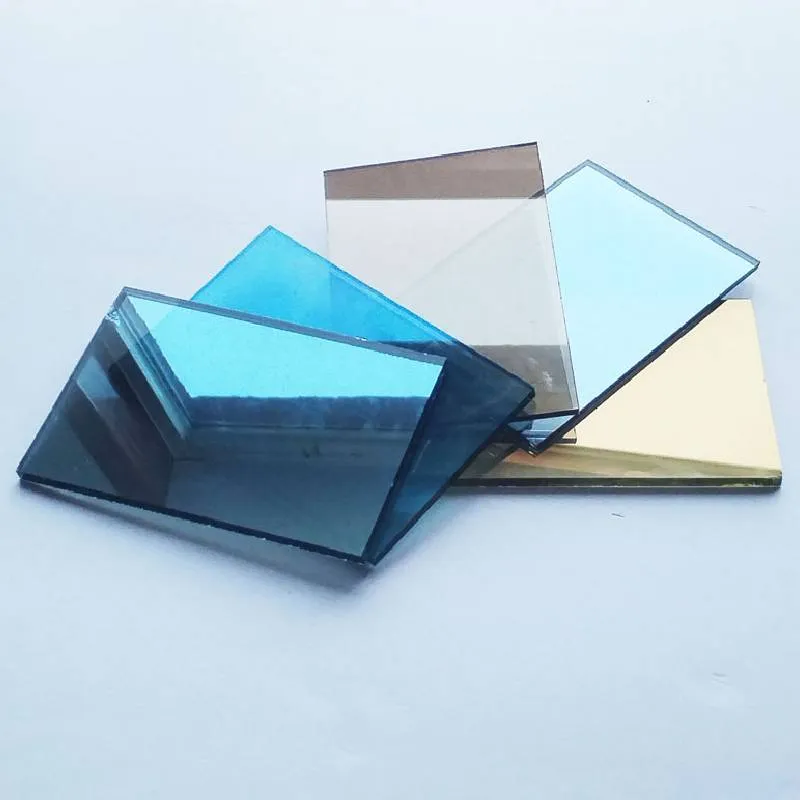The Evolution and Benefits of Transparent Float Glass
Transparent float glass, a remarkable innovation in the world of materials, has revolutionized architecture, design, and everyday life. This type of glass, renowned for its clarity, uniform thickness, and smooth surface, has a fascinating history that dates back to the mid-20th century when it first emerged as a significant player in the glass manufacturing industry.
The process of creating transparent float glass involves a method where molten glass is floated on molten tin. This unique technique results in a perfectly flat surface that is free from distortion, a quality that sets float glass apart from other types. The visibility and clarity provided by float glass make it an ideal material for windows, facades, and various applications in both residential and commercial buildings.
One of the significant advantages of transparent float glass is its versatility. It can be engineered to meet different specifications and can be treated with various coatings to enhance its performance. These coatings can improve energy efficiency by reducing heat transfer, making float glass an essential component in sustainable architecture. Buildings equipped with high-performance float glass help reduce energy consumption, thereby lowering utility bills and contributing to environmental conservation.
transparent float glass
Additionally, transparent float glass provides safety and security features
. It can be manufactured in thicknesses that offer increased resilience against impact, making it a preferred option in areas prone to extreme weather conditions or potential vandalism. Moreover, advancements in technology have led to the development of laminated and tempered versions of float glass, offering enhanced safety without compromising aesthetic appeal.
The aesthetic qualities of transparent float glass should not be overlooked. Its ability to transmit natural light contributes to brighter, more inviting spaces. Designers and architects favor float glass for its contemporary look, which complements a variety of design styles, ranging from minimalist to industrial. It can also be used in creative applications such as glass partitions, staircases, and furniture, adding elegance and a sense of spaciousness.
As we look to the future, the role of transparent float glass is expected to expand further. With ongoing innovations in smart glass technology, such as electrochromic and thermochromic glass that can change properties with stimuli, the potential applications seem limitless. This evolution promises to enhance privacy, control natural light, and improve energy efficiency even more dramatically.
In summary, transparent float glass stands as a testament to human ingenuity. Its unique production process, combined with a wide range of benefits—ranging from aesthetic appeal to energy efficiency—has secured its place as a fundamental material in modern architecture and design. As technology continues to advance, the possibilities for transparent float glass will undoubtedly grow, making it an exciting area to watch in the coming years.
 Afrikaans
Afrikaans  Albanian
Albanian  Amharic
Amharic  Arabic
Arabic  Armenian
Armenian  Azerbaijani
Azerbaijani  Basque
Basque  Belarusian
Belarusian  Bengali
Bengali  Bosnian
Bosnian  Bulgarian
Bulgarian  Catalan
Catalan  Cebuano
Cebuano  Corsican
Corsican  Croatian
Croatian  Czech
Czech  Danish
Danish  Dutch
Dutch  English
English  Esperanto
Esperanto  Estonian
Estonian  Finnish
Finnish  French
French  Frisian
Frisian  Galician
Galician  Georgian
Georgian  German
German  Greek
Greek  Gujarati
Gujarati  Haitian Creole
Haitian Creole  hausa
hausa  hawaiian
hawaiian  Hebrew
Hebrew  Hindi
Hindi  Miao
Miao  Hungarian
Hungarian  Icelandic
Icelandic  igbo
igbo  Indonesian
Indonesian  irish
irish  Italian
Italian  Japanese
Japanese  Javanese
Javanese  Kannada
Kannada  kazakh
kazakh  Khmer
Khmer  Rwandese
Rwandese  Korean
Korean  Kurdish
Kurdish  Kyrgyz
Kyrgyz  Lao
Lao  Latin
Latin  Latvian
Latvian  Lithuanian
Lithuanian  Luxembourgish
Luxembourgish  Macedonian
Macedonian  Malgashi
Malgashi  Malay
Malay  Malayalam
Malayalam  Maltese
Maltese  Maori
Maori  Marathi
Marathi  Mongolian
Mongolian  Myanmar
Myanmar  Nepali
Nepali  Norwegian
Norwegian  Norwegian
Norwegian  Occitan
Occitan  Pashto
Pashto  Persian
Persian  Polish
Polish  Portuguese
Portuguese  Punjabi
Punjabi  Romanian
Romanian  Russian
Russian  Samoan
Samoan  Scottish Gaelic
Scottish Gaelic  Serbian
Serbian  Sesotho
Sesotho  Shona
Shona  Sindhi
Sindhi  Sinhala
Sinhala  Slovak
Slovak  Slovenian
Slovenian  Somali
Somali  Spanish
Spanish  Sundanese
Sundanese  Swahili
Swahili  Swedish
Swedish  Tagalog
Tagalog  Tajik
Tajik  Tamil
Tamil  Tatar
Tatar  Telugu
Telugu  Thai
Thai  Turkish
Turkish  Turkmen
Turkmen  Ukrainian
Ukrainian  Urdu
Urdu  Uighur
Uighur  Uzbek
Uzbek  Vietnamese
Vietnamese  Welsh
Welsh  Bantu
Bantu  Yiddish
Yiddish  Yoruba
Yoruba  Zulu
Zulu 

